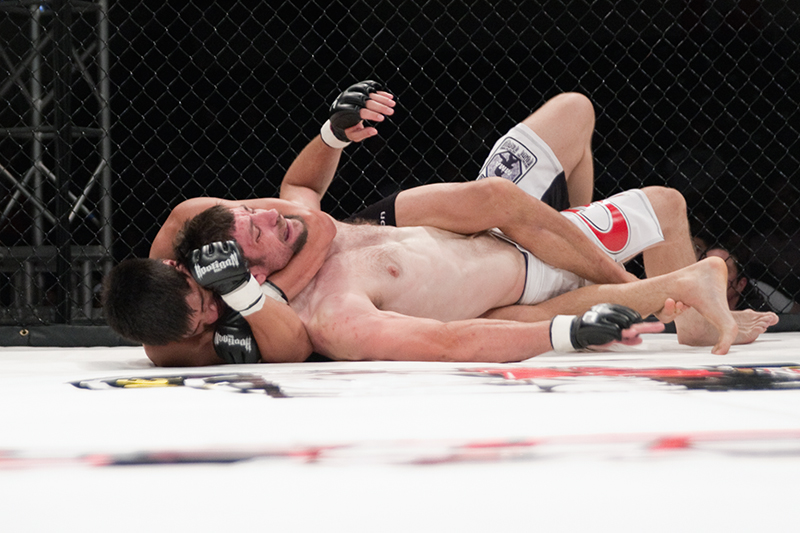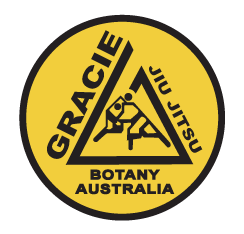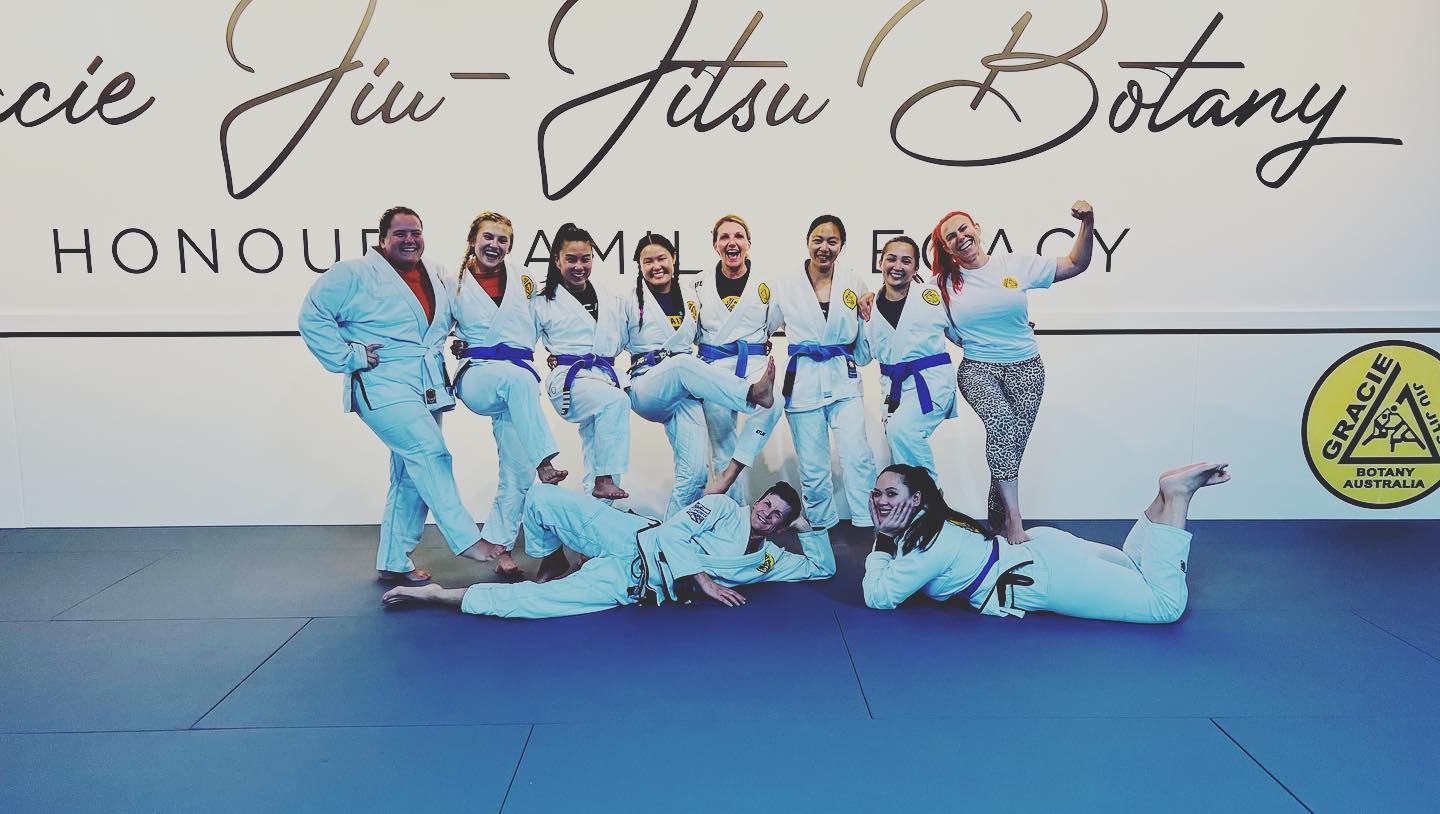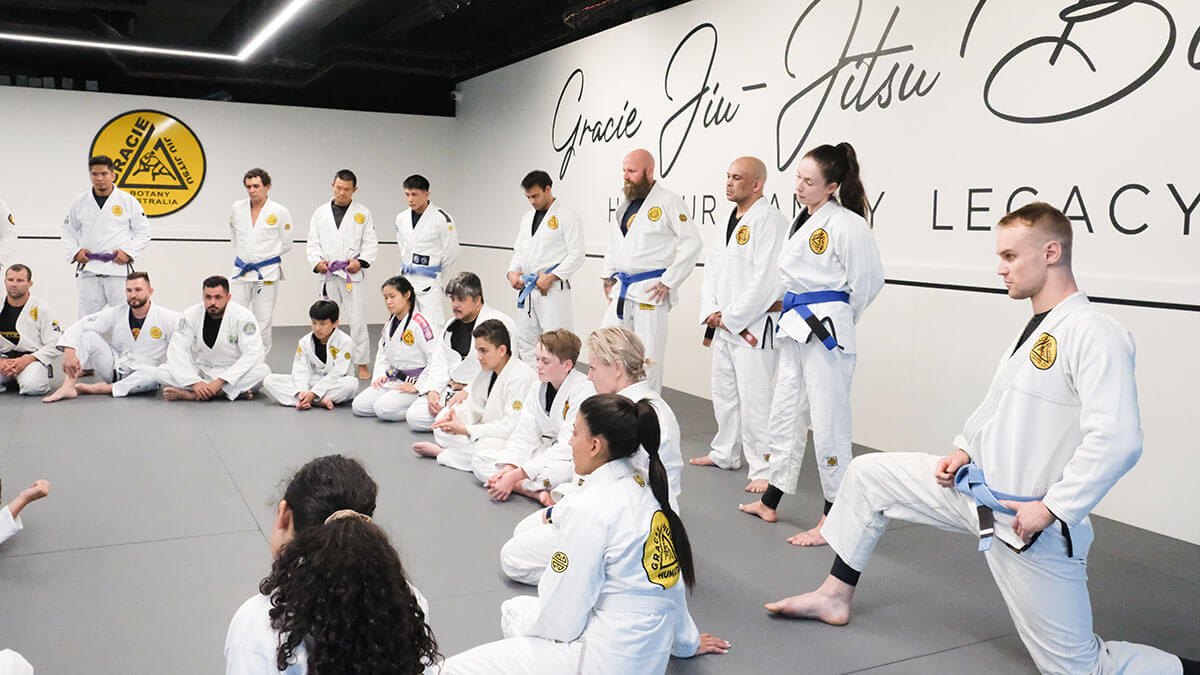Brazilian Jiu-Jitsu began as a self-defense system, and nearly 100 years later it’s regarded as one of the best forms of self-defense anyone can learn. But BJJ has grown to become a lot more than that.
Thanks in large part to Royce Gracie’s dominating performances during the first few Ultimate Fighting Championship (UFC) tournaments, BJJ has become a central part of mixed martial arts (MMA).
(Royce Gracie is the brother of Royler Gracie, whose Gracie Humaita school is part of Gracie Botany’s lineage.)
Though UFC and MMA fighters may have specialties, like striking or wrestling, practically every successful fighter integrates BJJ techniques into their game. This is primarily because BJJ is the only effective martial art for ground-based combat – which is where many fights end up.
There are a lot of fantastic reasons to train Jiu-Jitsu. It’s fun, satisfying and a great workout. You’ll meet many great friends at Gracie Botany, and learn outstanding self-defense skills. But if you’re looking to become a competitive fighter, BJJ for MMA training is an excellent idea.

Photo by Kelly Bailey
Why is BJJ useful for MMA training?
If you’re hoping to either defend or attack from the ground, you’ll need some Jiu-Jitsu techniques. Many MMA practitioners focus their game around striking, which is perfectly fine. Others put their energy into grappling, learning wrestling takedowns. Again, these are very valuable skills.
But if you’re put on your back, strikes and wrestling won’t help you much. (Generally speaking, wrestling centres around not letting your opponent pin you to the ground. In contrast, many effective Jiu-Jitsu techniques are performed when you’re on your back).
For the uninitiated, BJJ focuses entirely on grappling. The majority of the martial art hones in on ground-based grappling, which makes it unlike its sister martial art Judo. Judo is more about slamming an opponent to the ground, whereas Jiu-Jitsu focuses on establishing a dominant position on the ground.
If you’re in the MMA game, that dominant position leads directly to victory. From a mount or strong side control, you can punch or submit yourself a win. If you get good at taking the back, submission victories will come frequently.
Is BJJ better than wrestling?
Wrestling is a great martial art. Though it looks similar to Jiu-Jitsu – focusing entirely on grappling – there are some key differences. Wrestling tends to focus more on athleticism: Coaches train students to be explosive and powerful. BJJ is more strategic, and uses timing and technique more so than explosiveness.
The key difference, as noted above, is that wrestling ends once you’re put on your back. In Jiu-Jitsu, the games only really begin when you’re on the ground. Jiu-Jitsu has a whole system surrounding the “guard” – that is, any time your opponent is trapped between your legs in any way.
Training BJJ will teach you how to use the guard to not only subdue or repel an attacker, but also submit them from below.
It’s not a matter of one martial art being better than the other. Rather, it’s what skills they provide. Wrestling focuses on takedowns, whereas Jiu-Jitsu on ground combat. MMA fighters who specialize in grappling need both. MMA fighters, no matter their specialization, who want to survive on the ground need BJJ.
Sport and No Gi
While BJJ is an essential for MMA training, there are some key things to remember.
A lot of Jiu-Jitsu techniques are taught to be applied against either non-trained opponents, as in self-defense scenarios, or against other BJJ practitioners. Certain positions that can be highly advantageous against other grapplers, like deep half guard or certain open guards, become drastically more risky in MMA fights, where strikes are allowed.
Secondly, while Gi training is the bedrock of Jiu-Jitsu, MMA fighters will want to focus their energies on No-Gi grappling. As the name suggests, this is where you wear a rash guard and shorts instead of a Gi. The idea is that you don’t have anything to grip onto, like a Gi collar or pants, and so all your techniques need to be adjusted accordingly. Since MMA fighters don’t wear Gis, it makes sense to focus on No-Gi grappling.
To replicate an MMA fight, it’s also a good idea to grapple in gloves – the gloves worn in MMA affect your grips, and so will throw you off if you’re not used to training with them.
If you’re in the eastern suburbs and are interested in learning MMA or self-defence skills, come into Gracie Botany for a free trial.



